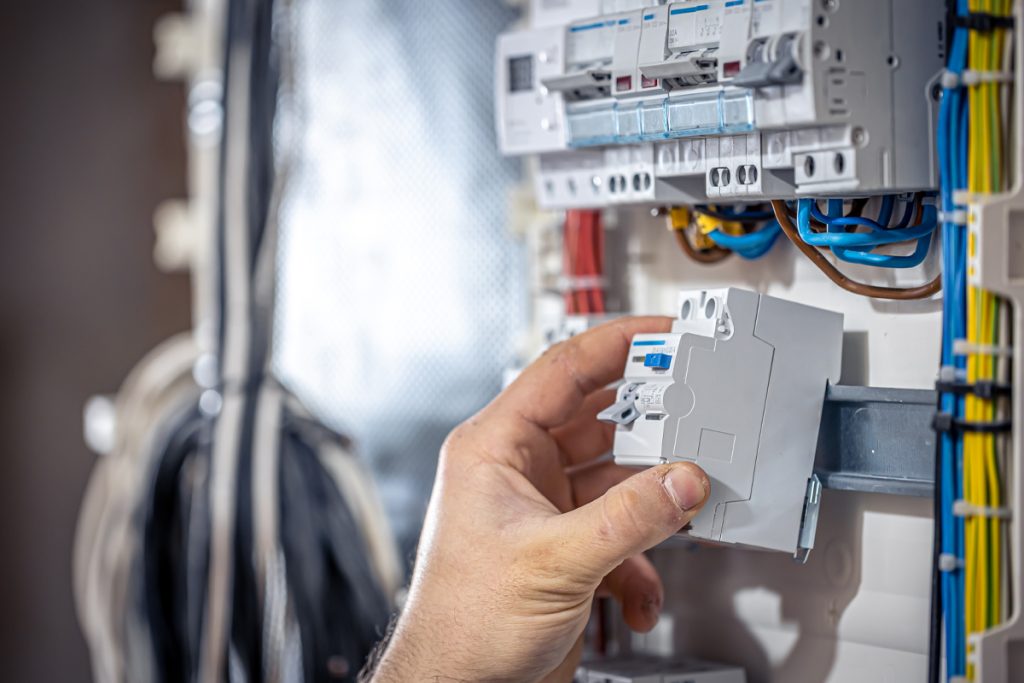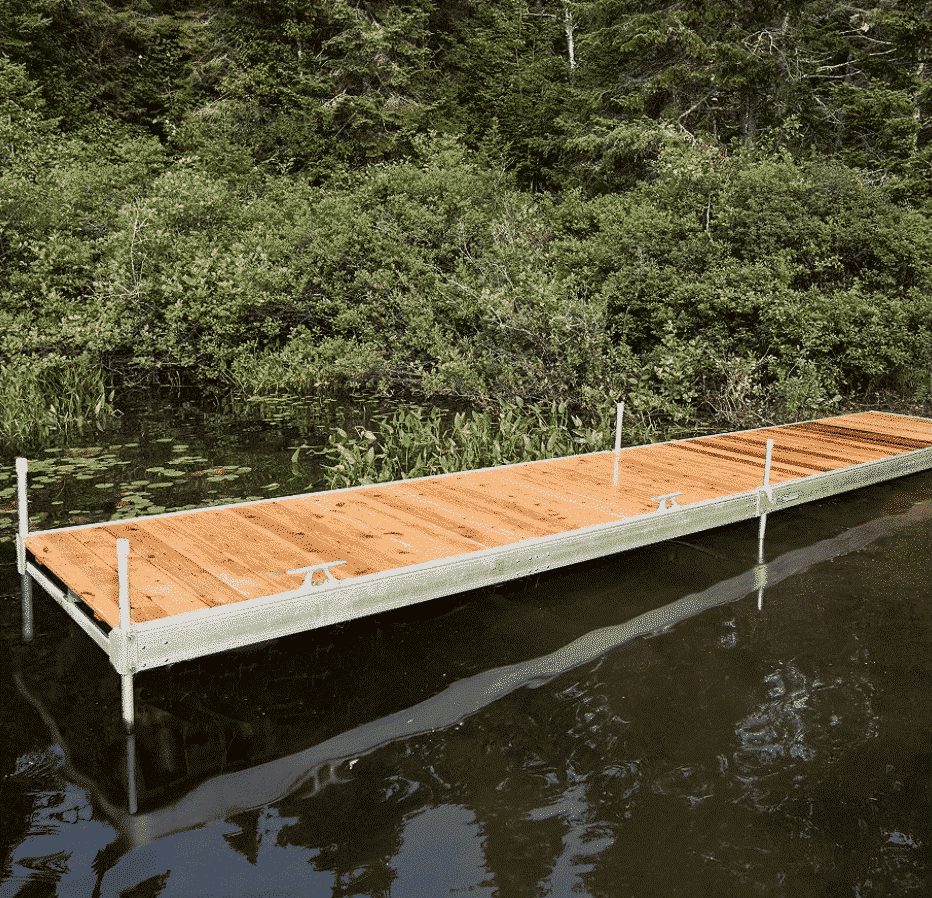Choosing the right baby stroller is a crucial decision for parents who want a product that offers both comfort and style. A well-designed stroller supports the baby’s physical development while also meeting the practical needs of busy parents. Ergonomics ensure that the baby is seated safely and comfortably, reducing risks of strain or injury. Meanwhile, stylish designs allow parents to express their taste without sacrificing functionality. Combining these two aspects provides a balanced solution that makes daily outings easier and more enjoyable for both baby and parent.
Importance of Ergonomics in Baby Strollers
Ergonomics in baby strollers focus on supporting the baby’s natural posture and comfort. A stroller with good ergonomic features helps prevent discomfort and potential developmental issues.
- Proper Seating: Ergonomic strollers have adjustable seats that support the baby’s spine and neck.
- Reclining Positions: Multiple reclining options allow babies to sit up or lie down comfortably, ideal for naps during outings.
- Supportive Padding: Soft cushioning reduces pressure points and adds comfort on bumpy surfaces.
- Safe Harness Systems: Secure harnesses keep babies safely strapped without causing discomfort.
These features protect the baby’s physical health and ensure a peaceful ride.

Style That Matches Parenting Needs
Style is more than just looks it reflects how a stroller fits into parents’ lives. Riverbaby baby strollers combine aesthetic appeal with practical design elements.
- Trendy Colors and Fabrics: Parents can choose strollers that suit their personal style, from classic neutrals to bold patterns.
- Compact and Lightweight Designs: Stylish strollers often incorporate sleek frames that are easy to carry and store.
- Smooth Maneuverability: A good-looking stroller also moves smoothly in different terrains, making daily walks effortless.
- Accessory Compatibility: Stylish strollers often come with or support various accessories like cup holders, rain covers, and storage baskets.
Balancing Ergonomics and Style for Practical Use
The best baby strollers do not force parents to compromise on either comfort or style. Instead, they merge both into practical parenting solutions.
- Ease of Use: Features like one-hand folding, adjustable handles, and lightweight frames help parents manage the stroller easily.
- Durability: Ergonomic materials combined with stylish finishes offer long-lasting use without wear and tear.
- Safety Standards: All strollers should meet rigorous safety standards, ensuring both ergonomic design and style do not come at the cost of security.
- Versatility: Some strollers convert from infant seats to toddler seats, making them adaptable as the baby grows.
Final Thoughts
Choosing a baby stroller balances ergonomics and style means providing your child with physical comfort while making parenting simpler and more enjoyable. Here are the key takeaways:
- Ergonomic features protect the baby’s posture and comfort.
- Stylish designs reflect the parents’ personality and add convenience.
- Practical functions like easy folding and maneuverability enhance usability.
- Safety and durability remain top priorities.
Parents looking for a stroller should prioritize these combined benefits to ensure they invest in a product that supports their lifestyle and their child’s well-being. This balance creates a smooth and pleasant experience, making outings with a baby stress-free and enjoyable.






